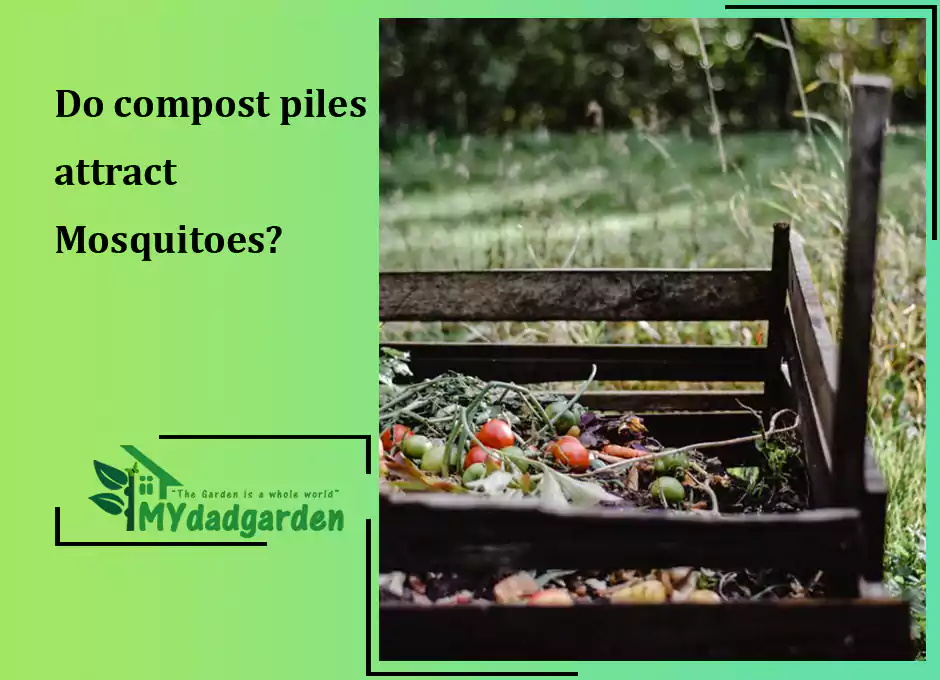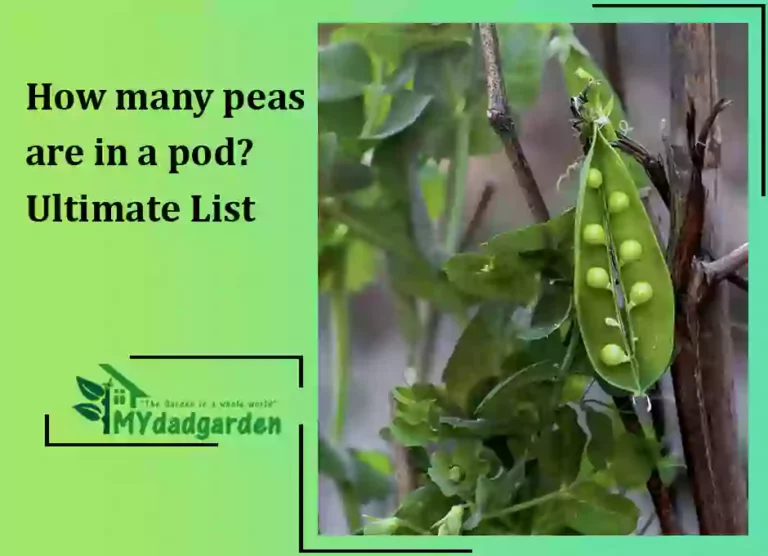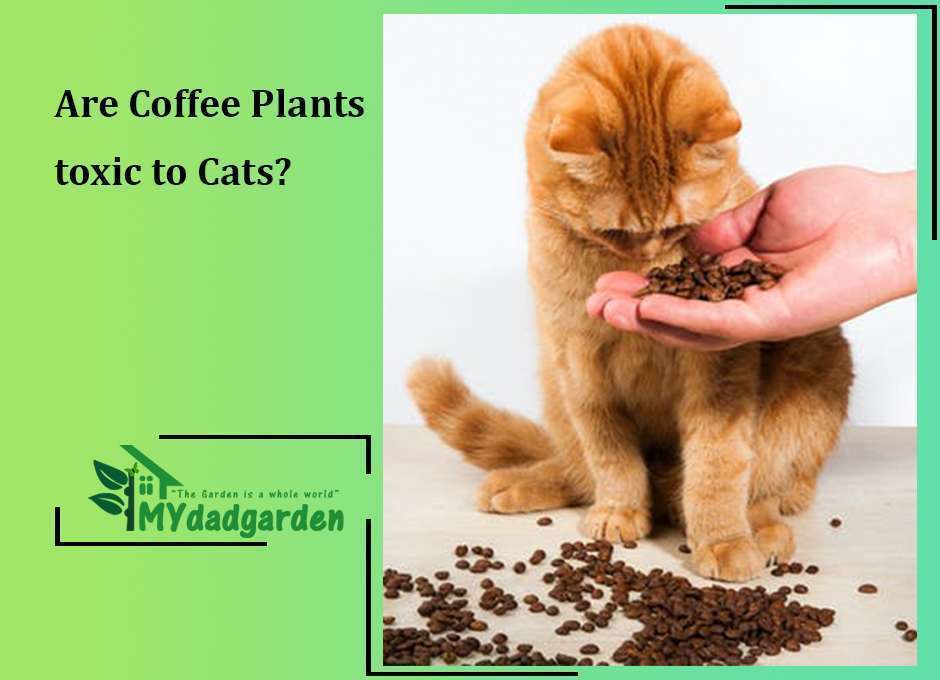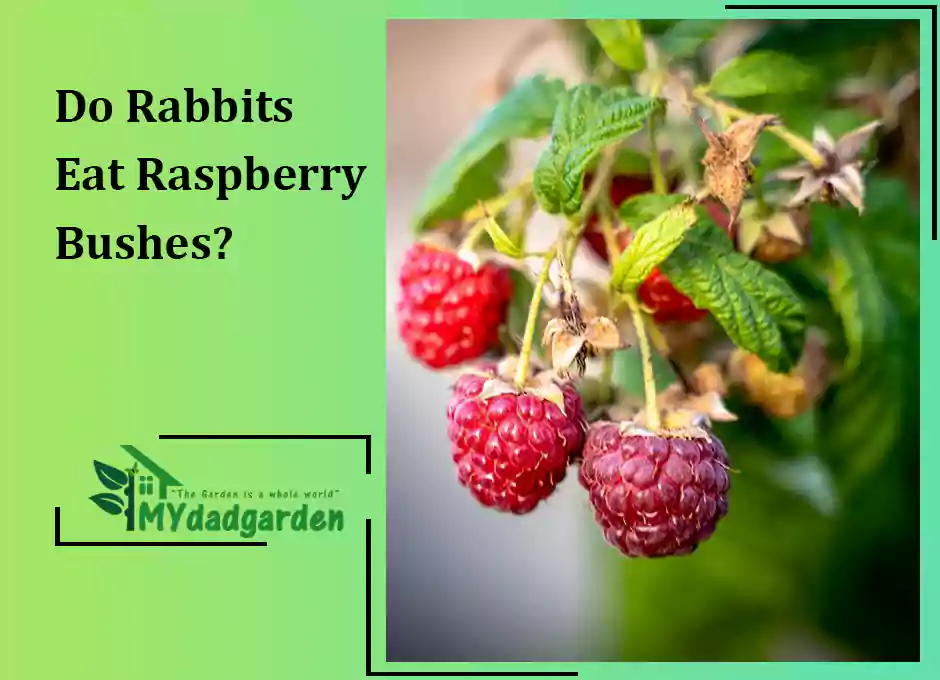Do compost piles attract Mosquitoes?
Mosquitoes are a summertime nuisance, and many wonder if compost piles attract mosquitoes.
Some people say that the moist, organic material in compost piles is an ideal breeding ground for mosquitoes, while others claim that the carbon dioxide released by the decomposing matter actually repels mosquitoes.
To answer this question, we did some research on the topic. Here’s what we found.
While composting is a simple and eco-friendly gardening practice, insect control in compost piles calls for prior planning and effective compost pile management. Let’s dig in for what to do to protect your compost bin from pests like mosquitos.

Table of Contents
Why Do Compost piles attract mosquitoes?
Making your own compost helps you save money on soil amendments and keeps usable waste out of landfills.
However, an unattended compost pile may promote bug infestations. Mosquitoes, in particular, can be drawn to your pile and have the potential to spread disease.
Understanding whether your compost pile is home to dangerous flies or mosquitoes is critical. When a compost pile is made properly, mosquitoes shouldn’t be drawn to it.
Compost becomes a mosquito breeding site when it becomes too moist or isn’t turned frequently enough. Exposed plant matter might attract mosquitoes as well.
As compost piles decompose, carbon dioxide is released, luring mosquitoes. Regularly turning your pile can help slow this release and cover up any exposed green debris.

Types of pests that attract compost?
There are a variety of pests that are attracted to compost, including flies, ants, and rodents. While most of these pests are relatively harmless, they can be a nuisance.
Flies are attracted to compost because of the decaying organic matter. They are particularly fond of manure, often found in compost piles. However, flies can also carry diseases, so it is important to keep them under control.
Ants are also attracted to compost, as they can feed on the decomposing matter. While they will not typically damage the compost itself, they can become a nuisance if they invade your home in search of food.
Rodents such as rats and mice are also drawn to compost bins, providing an abundance of food and shelter. While these animals will not usually cause any damage to the compost itself, they can be dangerous to humans if they carry diseases. Consequently, it is important to prevent them from accessing your compost bin.

How to prevent the compost from attracting insects and pests?
Due to the wide range of potential pests, it’s critical to know which factors pertain to a given bug, insect, or animal regarding the compost bin. By following some guidelines while composting, you may potentially prevent generating these situations.
- Commercially available plastic trash cans are already largely pest-proof. Though, rodents can still tunnel beneath your trash can and get in from below. This can be avoided by placing a layer of 1/4′′ wire mesh or hardware cloth under your bin. Since the openings in a chicken wire are too big to keep out tiny rats, it is not a good option.
- A wooden trash can presents a few more difficulties for pest control. The best time to pest-proof your bin is when you first construct it, but you will typically need to remove all the material from your bin before beginning. The bottom and sides can then be lined with 1/4″ hardware cloth. Using a heavy-gauge staple gun or 2 X 2 posts screwed or nailed into the corners of the bin, you can fasten the mesh to the bin. The hardest task is to ensure that all of the wire liner’s joints and corners are secure. Please ensure the mesh is overlapping, and fasten it together with wire or zip ties.
- To prevent rats from getting through the mesh in these spots, if your wood bin has a removable front panel, you must ensure enough overlap. You must ensure no holes in the corners or along the bin’s edges if you decide to cover it with a wire mesh top and prevent bugs from crawling in.

How to avoid pest problems when composting?
- Never compost meat, bones, lipids, dairy products, or animal waste. Rodents may find these to be particularly alluring due to their odor.
- The bottom of your bin should be covered with a layer of dry leaves or something “brown.” This will guarantee effective drainage along the pile’s base.
- Put your compost container in a spot that has good drainage and receives at least some sunlight.
- Never expose new scraps; always cover them with “browns” (leaves, dry grass, etc.). These materials will absorb odors and speed up the process of microorganisms accessing the item.
- Avoid letting your pile become too dry. Maintain moisture in each layer to prevent nesting. Maintain good airflow in your pile. If at all possible, turn the pile once each week. You can also use an aerating tool to make air passages everywhere throughout the pile. Additionally, aerating the pile will assist in lowering odors that could attract pests.
- To prevent bugs from building nests in completed compost, harvest it when it’s ripe.

FAQ
Does compost attract animals & insects?
A compost pile can draw rodents, raccoons, skunks, flies, and other animals. By periodically turning the pile and keeping the right balance of brown (carbon) and green (nitrogen) elements, you may, nevertheless, prevent the majority of insect issues.

Does compost attract rats and mice?
Rats may visit a compost pile if they are already there, but generally speaking, rats are not drawn to composting in the first place. The pile is probably too dry if rats or mice are building nests in your compost pile.
Previous Article: Why are my lavender plants drooping?







